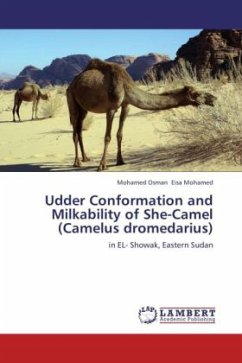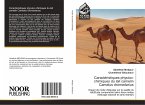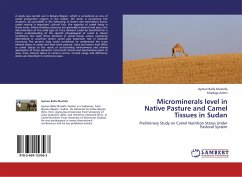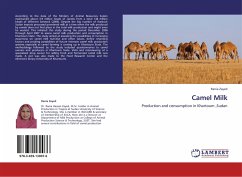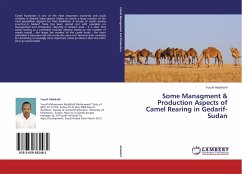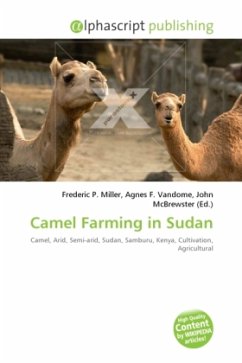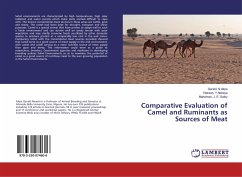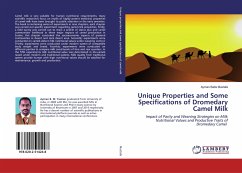Unlike other conventional dairy species, the camel has not passed through process of selection for improvement of milk production. The majority of the studies conducted on camels concentrate on anatomical features, traditional management and physiological adaptation to desert condition. The present study was initialed to highlight a new channel in dairy research, since camels are an overlooked resource in the world. One of the chapters was therefore initiated to investigate the correlation between several udder and teat measurements including length, width, height together with milk vein diameter on milk yield with the ultimate goal to secure a valid indicator of dairying potential of the she-camel. Other chapter to testify the indigenous belief among camel herders that calves reared by the rear quarters show better performance than their counterparts maintained on milk from fore quarters. Last chapter was initiated to identify the actual interval needed to stimulate the milk let-down reflex by introduction of the calf (using the nomadic traditional method) and to investigate on the effect of parity orders, dams body weight and time of milking.
Bitte wählen Sie Ihr Anliegen aus.
Rechnungen
Retourenschein anfordern
Bestellstatus
Storno

